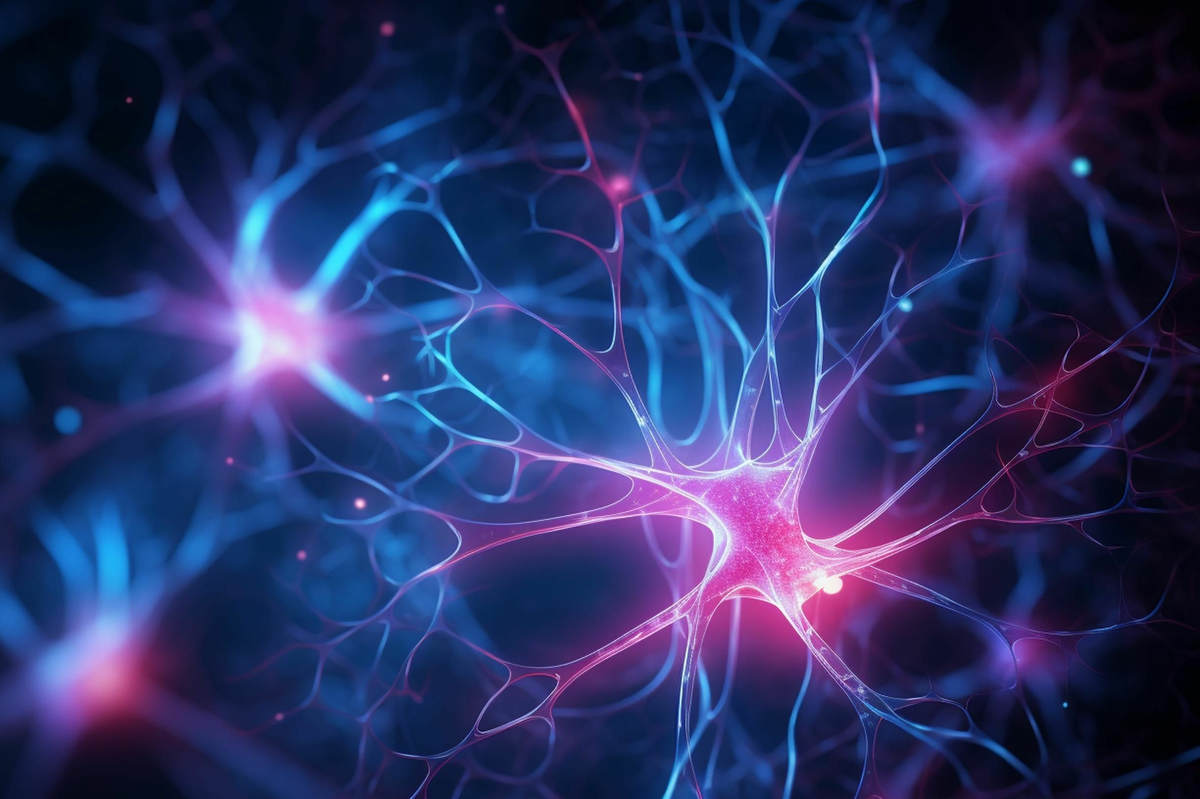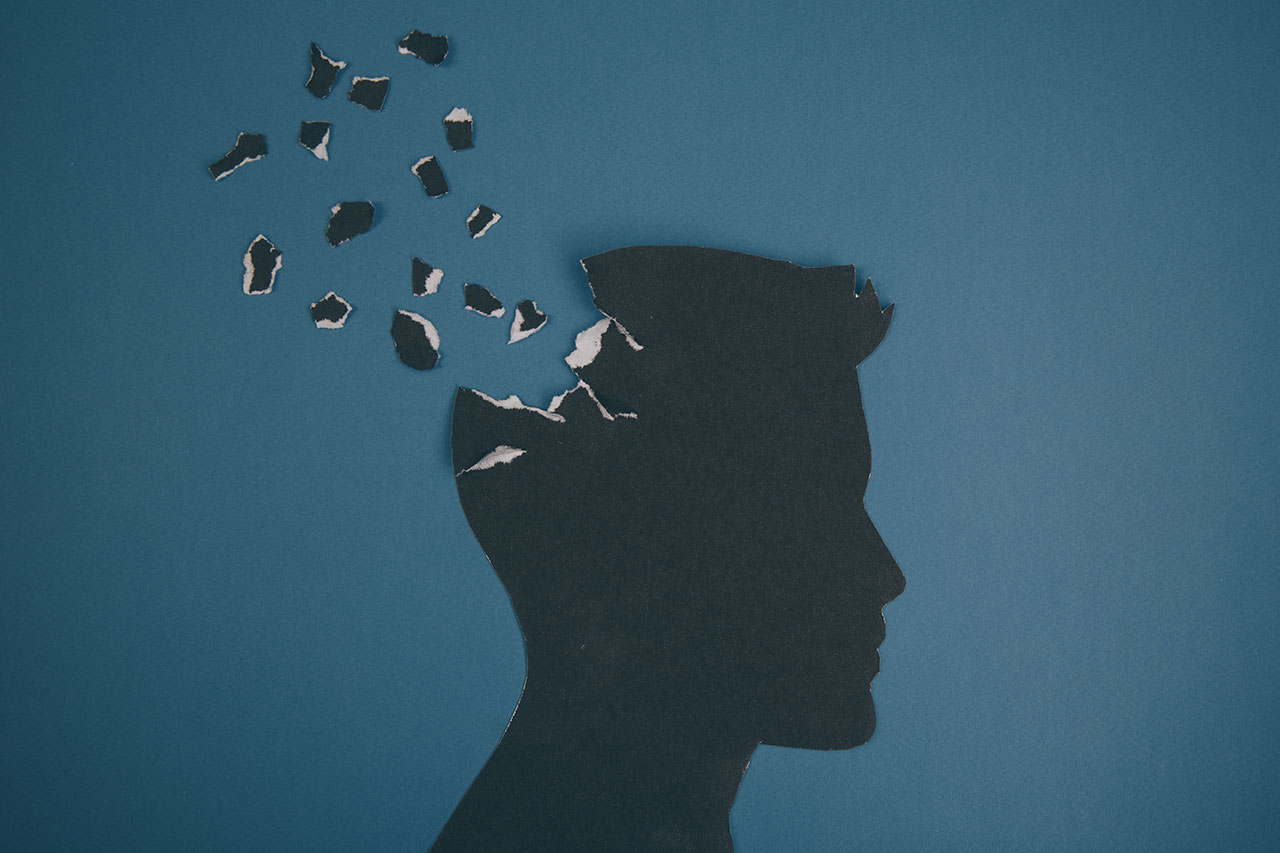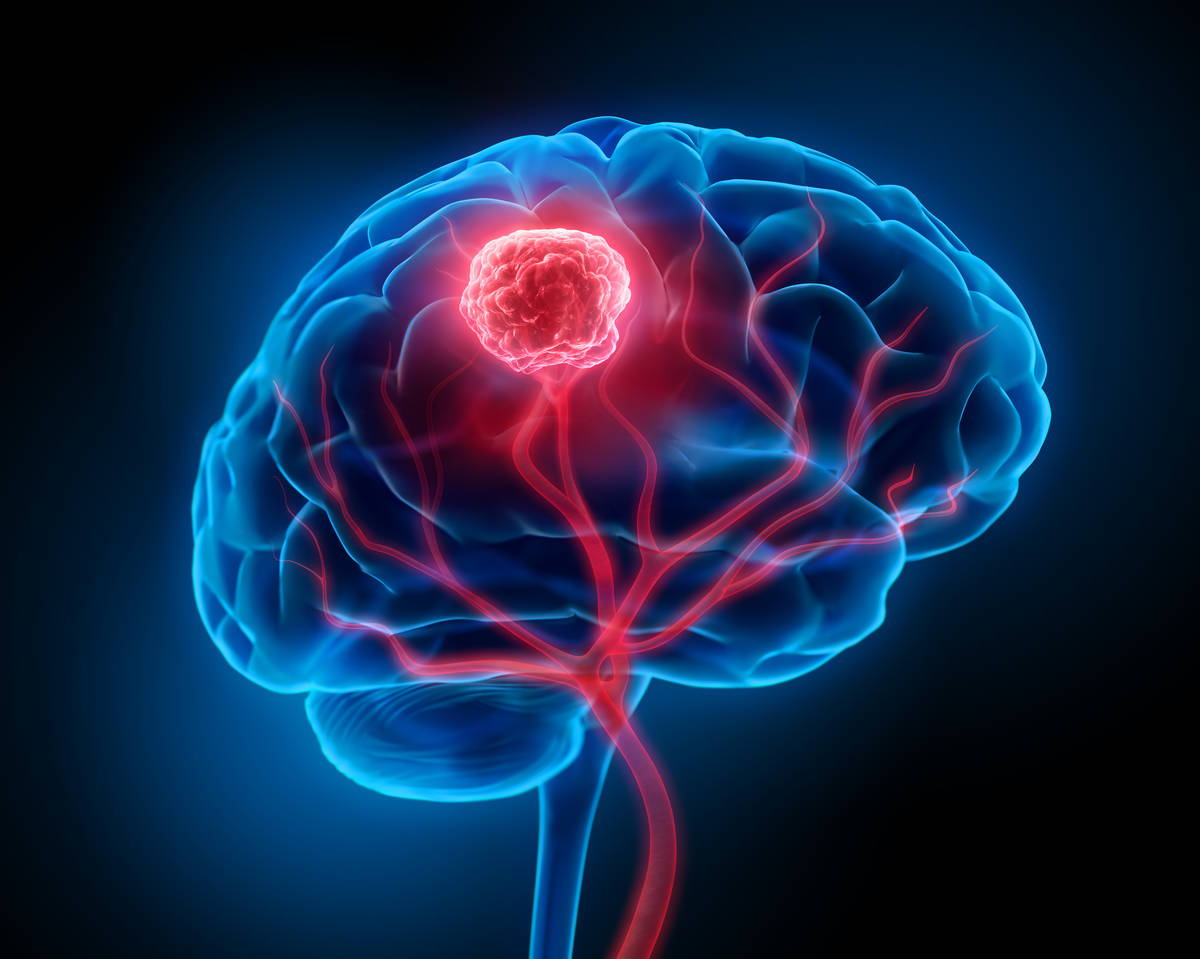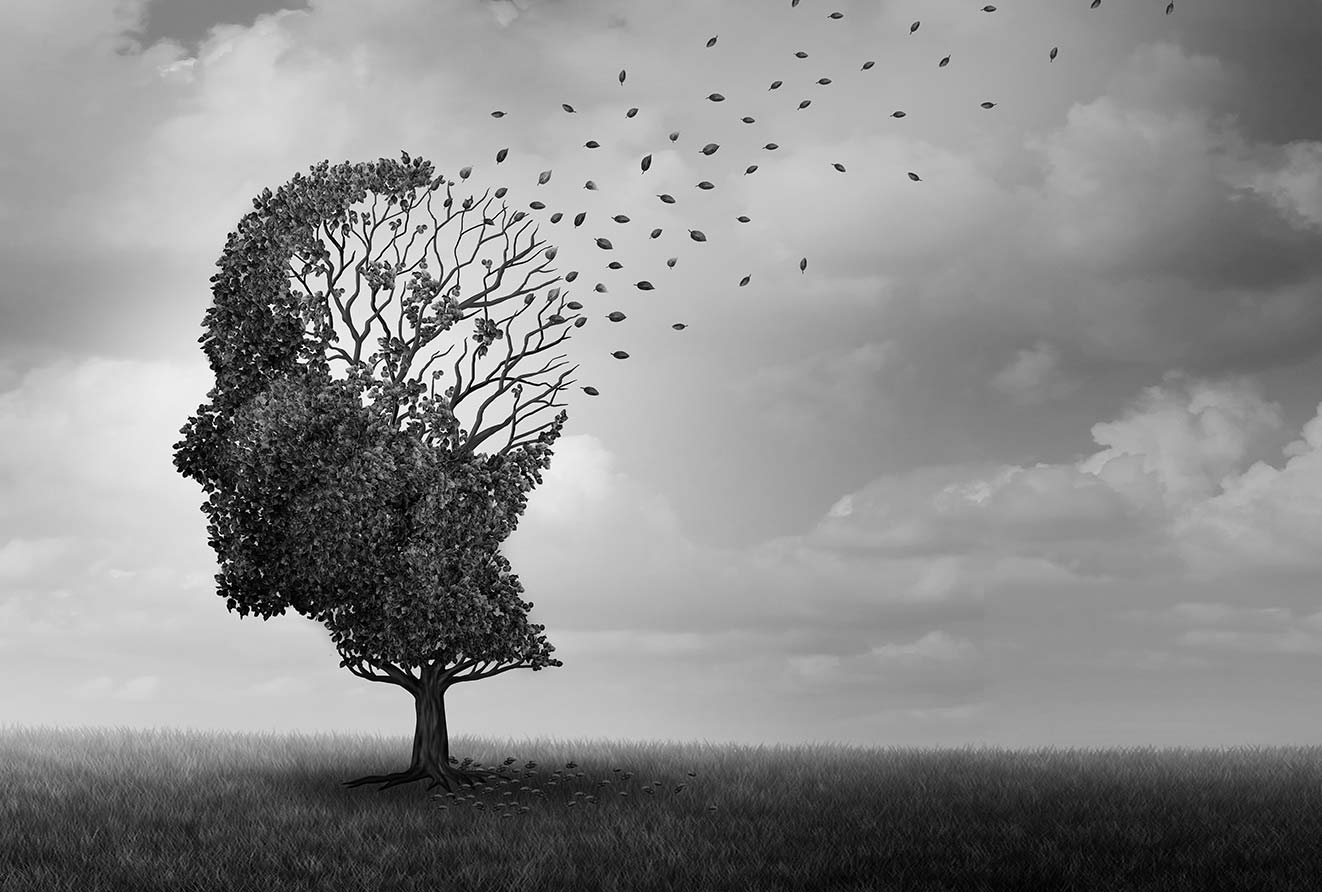The role of microglia in the immune system
The best-known role of microglia is that of immune defense. They are extremely mobile, constantly scanning neighboring neurons with numerous dynamic extensions like “brain guards” to monitor their integrity. When the brain suffers any kind of damage or infection, microglia respond by secreting factors that promote repair or by engulfing pathogens or infected cells and cell debris. These are inflammation phenomena, the aim of which is to halt the damage to return to the initial situation.
In neurodegenerative diseases such as Alzheimer’s, Parkinson’s or Huntington’s, an accumulation of toxic proteins in the neurons leads to their degeneration. These molecules are transferred from neuron to neuron, leading to the progressive degeneration of the central nervous system. To combat this pathology, microglia are activated to stop the toxic protein surplus and resulting cell death by attempting to eliminate neurons or neuronal debris loaded with this protein. However, this behavior raises two questions.
Chronic activation of microglia
The first is chronic activation of microglia. In neurodegenerative diseases, microglia are constantly activated to prevent cell damage. This leads to chronic inflammation of the central nervous system, resulting in high levels of secreted factors and elevated phagocytic activity of the microglia. This situation can be destructive and intensify neurodegeneration.
Transfer of toxic proteins from neuron to neuron
The second question concerns the transfer of toxic proteins from neuron to neuron. Until recently, it was not clear whether microglia reduced or increased these exchanges. The picture was clarified in two discoveries in 2016 and 2023 when a team of researchers from the Institut Pasteur revealed functional connections between neurons and microglia in Parkinson’s disease. In this disease, the toxic protein transferred neuron to neuron is alpha nuclein. In 2016, the previously mentioned researchers showed that specific structures called “TNT: Tunneling Nanotubes” facilitated the transfer of these toxic proteins between neurons. Fascinatingly, TNTs are extensions of the plasma membranes of each of the neurons. The membranes of the two cells deform and join together to create a very thin tube or “tunnel” enabling the cells to communicate with each other. The special feature of these connections is their nanometric diameter and their great length. They enable cells to exchange proteins and organelles, as well as genetic material, pathogens and toxins, over long distances.
In May 2023, the same team showed that ‘Parkinsonian’ neurons loaded with alpha-nuclein used TNTs to transfer this protein to microglia but that the microglia also used TNTs to transfer mitochondria back to the neurons. As a result, microglia appear to be both promoters and inhibitors of Parkinson’s disease, since mitochondria are the ‘energy powerhouses’ of cells, this mechanism has been analyzed as a potential attempt to rescue defective neurons. The dual natured behaviors exhibited by microglial cells highlights the need for a complete understanding of their roles in order to develop new targeted therapeutic solutions. In particular, understanding the mechanisms by which toxic proteins propagate could enable the development of therapies that slow down or even halt neuronal degeneration and thus halt the worsening of the disease. The role of microglia in neurodegenerative diseases is therefore still an area that remains to be explored.
The role of microglia in cognitive capacity
The functions of microglia extend well beyond immune defense against pathologies. They also play several fundamental roles in their normal physiological state, i.e. when there is no ‘attack’ on the central nervous system.
Maintaining cognitive abilities essential for sleep
Firstly, microglia have an impact on sleep. Why do we fall asleep? Are there cellular or even molecular mechanisms governing our ability to fall asleep? The answer is yes: our ability to sleep after a long period of wakefulness is constructed on a cellular and even molecular level, and microglia are an integral part of this complex process. During our waking cycles, our body itself constructs the signals needed for future rest. This is known as the homeostatic control of sleep. The time we spend awake defines the time and intensity of our next sleep cycle, i.e., while we are awake numerous molecular mechanisms are put in place in the brain to indicate to the neurons and then to the brain that it needs to sleep. The accumulation of these signals encodes a certain level of “need for sleep” which is regulated by the microglial cell through the secretion of molecules like TNF (Tumor Necrosis Factor).
Maintaining cognitive abilities essential to memory
Microglia also have an impact on memory. Memories are created and consolidated while we sleep. Consolidation brings together a set of processes that enable short-term memory traces to be stored over the long term. Short-term memory allows information to be held in the mind for a few seconds or minutes, whereas long-term storage allows it to be held for days, weeks or even a lifetime. This consolidation is commonly accepted as being dependent on sleep cycles. Microglia, which are involved in encoding sleep cycles, are also necessary for memory consolidation during sleep. By acting again through TNF, microglia provide the building blocks for long-term memory. This memory is the basis for learning, and good learning cannot take place without microglia.
Learning is the ability of neurons to create new connections or strengthen existing ones. In the brain, these connections are called synapses. There are around ten thousand billion synapses in the human brain. What’s more, the brain is constantly creating new connections. So … how do you recreate connections in an environment overflowing with old ones? It is essential to sort out and eliminate these old connections. This essential phenomenon exists and is called synaptic pruning. It is carried out entirely by microglial cells: they identify the least-used synaptic connections, move towards them and destroy them. This is how your brain makes space for you to learn more.
These discoveries place microglia in a position to orchestrate basic cognitive abilities. Unfortunately, like any biological mechanism, these functions can be altered and lead to neurological disorders. This is the case with synaptic pruning. Synaptic pruning occurs mainly during two periods of development: the first two years after birth and during adolescence. An alteration in this process during either of these periods leads to neurodevelopmental disorders such as autism or schizophrenia. Autism, which is generally detected in the first few years of life (5/6 years), results in “under-pruning” during the first cycle and therefore an increase in synaptic density in the brains of young children. Schizophrenia, on the other hand, is detected later, between adolescence and the mid-twenties, and is correlated with impaired pruning during the second wave and therefore lower-than-average synaptic density, which is also reflected in a loss of grey matter volume.
The involvement of microglia in maintaining essential cognitive abilities such as sleep and memory makes them a key target for fundamental research in France, Europe, and beyond.
Microglia: a growing field of research
While the biology and function of neurons have been extensively studied and described, the role of microglia remains a vast area of investigation. For example, microglia have a very wide range of functions, play a key role in brain development, are involved in neurodegenerative diseases and in the mechanisms of neuroinflammation, and have the potential to be a therapeutic target. As a result of the recent discoveries mentioned above, interest in microglia has grown over the last 10 years. In France alone, the number of research projects and associated investment is growing, for example the Microglia and Neuroinflammation Research Group brings together around forty research teams keen to create a forum in which they can exchange ideas, know-how and technological approaches, encourage the emergence of new projects to speed up research and its applications, and finally, to raise awareness among the scientific community, healthcare professionals, patients, the general public and funding bodies of the new opportunities created from microglial research.
Alcimed specializes in exploring new territories, organizing and promoting research, and developing and supporting innovative biotechnology projects. Our teams specialized in healthcare can support you in your research on microglia by building bridges and facilitating the sharing of knowledge and skills between fundamental research and the various fields of application of microglia. Please do not hesitate to contact our team.
About the author,
Léa, Consultant in Alcimed’s Innovation and Public Policy team in France



